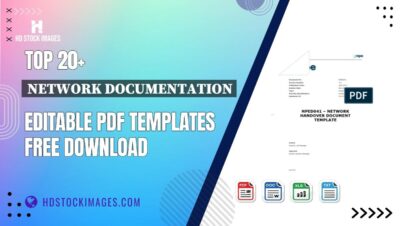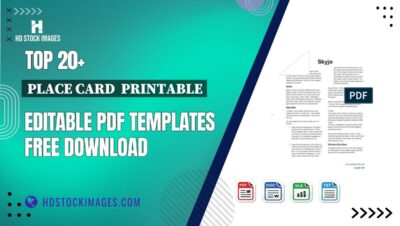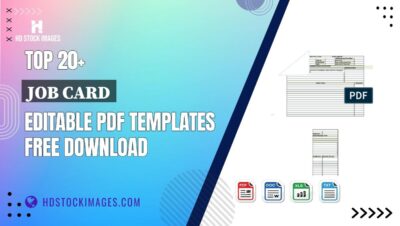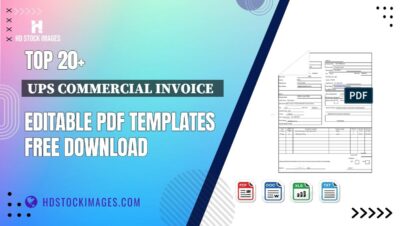Behance is more than just a portfolio site; it’s a thriving community where creatives showcase their work to the world. Whether you're a graphic designer, photographer, or illustrator, having a presence on Behance can elevate your visibility and open doors to exciting opportunities. With millions of projects uploaded, this platform allows you to not only display your talent but also connect with potential clients, collaborators, and like-minded artists. The importance of Behance lies in its ability to curate creativity and foster connections that can lead to career growth and inspiration.
Understanding Your Audience and Niche

To effectively grow your portfolio on Behance, it’s crucial to understand your audience and niche. Knowing who you are creating for and what specific market you cater to can make a significant difference in how your work is received.
1. Identify Your Niche: Start by pinpointing your unique strengths and interests. Are you passionate about minimalist design, vibrant illustrations, or perhaps photography? Here are some steps to help you narrow it down:
- Evaluate Your Skills: Take stock of what you do best. This could be anything from typography to motion graphics.
- Research Trends: Stay updated on current trends within your art form. What are other artists in your niche doing? What styles are gaining traction?
- Define Your Brand: Create a personal brand that reflects your style and values. This will help you stand out in a crowded marketplace.
2. Know Your Audience: Understanding who your audience is can guide your content creation. Ask yourself:
- Who are they? Are they fellow creatives, potential clients, or art enthusiasts?
- What do they value? Are they looking for innovation, reliability, or a specific aesthetic?
- Where do they hang out? Besides Behance, what social media platforms do they use? Engaging with them there can drive traffic to your Behance profile.
By focusing on your niche and audience, you can tailor your projects to meet their expectations and interests. For example, if you specialize in UI/UX design, you might want to share case studies that detail your design process. This not only showcases your skills but also addresses the specific needs of potential clients looking for UI/UX designers.
Lastly, don’t forget to engage with your community. Commenting on others' work, joining groups, and sharing insights can help you build relationships and gain more visibility. The more you interact, the better you’ll understand what resonates with your audience, allowing you to create even more targeted content.
Also Read This: What is Behance Used For? A Comprehensive Guide
3. Creating a Compelling Portfolio

Creating a compelling portfolio on Behance is your golden ticket to showcasing your creativity and attracting potential clients or collaborators. It's your chance to tell your story, so let's make it captivating! Here are some strategies to consider:
- Choose a Theme: A well-defined theme can unify your work. Whether it’s minimalist design, bold illustrations, or photography, having a consistent style helps viewers remember your work.
- Quality Over Quantity: It’s better to display a few outstanding pieces than to upload everything you've ever created. Select your best work and highlight those projects that resonate with your style and expertise.
- Narrate Your Projects: Each project should include a description that tells its story. Explain your thought process, the challenges you faced, and how you solved them. This gives context and depth to your work.
- Use High-Quality Images: Nothing turns a viewer away faster than pixelated images. Invest time in editing your visuals to ensure they look professional and polished.
- Update Regularly: Keep your portfolio fresh by adding new projects regularly. This not only shows your growth as an artist but keeps viewers engaged and encourages them to return.
Consider your audience when crafting your portfolio. What will entice them? What do they look for in a designer or artist? By understanding your target demographic, you can tailor your portfolio to appeal directly to them.
Lastly, don’t forget about branding! Your portfolio should reflect who you are as a creative. This includes your logo, color scheme, and even the typography you choose. Consistency in these elements can significantly enhance your professional image.
Also Read This: How Much Did Behance Sell to Adobe
4. Leveraging Behance Features for Visibility
Now that you have a fantastic portfolio, it's time to make sure it gets the visibility it deserves. Behance offers several features that can help you get noticed among the vast number of creative projects. Here’s how you can leverage them:
- Project Tags: Use relevant tags for each of your projects. Tags help categorize your work and make it easier for users searching for specific content to find you.
- Join Creative Fields: Behance lets you select creative fields that align with your work. Choose wisely! This helps place your projects in the right categories, making them more discoverable.
- Share and Spotlight: Don’t hesitate to share your projects on social media. Use Behance’s sharing options to get your work in front of a wider audience. Spotlighting your best work can also draw attention from other users.
- Engage with the Community: Interaction is key! Comment on others' projects, follow fellow creatives, and respond to comments on your own work. Building relationships can lead to new opportunities and collaborations.
- Utilize Behance Live: Consider using Behance Live to showcase your creative process in real-time. It’s a great way to connect with your audience and demonstrate your skills.
Remember, the more active you are on Behance, the more likely you are to attract followers and potential clients. Being part of the community not only showcases your work but also allows you to learn from others and stay updated with the latest trends in your field.
In conclusion, a compelling portfolio combined with strategic use of Behance features can significantly enhance your visibility and help grow your creative career. Take these steps, and watch your portfolio shine!
Also Read This: How to Download Files from Behance Easy and Efficient Methods Explained
5. Promoting Your Behance Portfolio
Creating a stunning portfolio on Behance is just the first step; promoting it effectively is where the real magic happens. Think of your Behance portfolio as a gallery in an art district—no one will visit if you don't hang a sign outside or invite them in!
Utilize Social Media: Social platforms are your best friends when it comes to promotion. Share your Behance projects on platforms like Instagram, Twitter, and LinkedIn. Use eye-catching snippets of your work as teasers, and provide a link back to your full portfolio. A simple post could be transformed into a conversation starter that drives traffic back to your Behance page.
Join Creative Communities: Sites like Reddit, Designer Hangout, and Facebook groups dedicated to design and creativity are great places to share your work. Not only can you showcase your projects, but you can also engage with fellow creatives. Remember, it’s about building relationships, not just broadcasting your work. For example, ask for advice on a project and share your Behance link as part of the discussion.
Collaborate with Other Creatives: Partnering with other designers or artists can boost your visibility. Collaborations can introduce your work to a different audience. Consider co-creating a project and showcasing it on both your portfolios. This cross-pollination can drive followers from both sides, expanding your reach.
Utilize SEO Techniques: Optimize your Behance project descriptions with relevant keywords so that they appear in search results. Think of terms potential clients might use to find work like yours. For example, if you specialize in logo design, include phrases like “modern logo design” or “brand identity” in your project titles and descriptions.
Engage with the Behance Community: Don't just upload and walk away! Engage with other users by appreciating their work, leaving thoughtful comments, and following creatives whose styles resonate with you. This reciprocity often leads others to check out your portfolio. Remember, being active in the community can help you build a supportive network.
6. Gathering Feedback and Iterating on Your Work
Feedback is invaluable in the creative process. It’s essential for growth and can provide fresh perspectives that you might not have considered. Here’s how to effectively gather and utilize feedback on your Behance projects.
Seek Constructive Criticism: When you ask for feedback, be specific about what you want to know. Instead of a vague “What do you think?”, try “Do the colors work well together?” or “Is the layout user-friendly?” When you frame your questions clearly, you can gather targeted insights that can significantly improve your work.
Use Surveys or Polls: Consider creating simple surveys to collect feedback from your audience. Tools like Google Forms allow you to create quick polls about certain aspects of your portfolio. You can ask questions like:
- What project did you find most engaging?
- How would you rate the overall aesthetic of my portfolio?
- What improvements would you suggest?
Engage with Your Audience: When you post a new project, ask your followers for their opinions directly in the comments section. This engagement not only builds a community around your work but also encourages ongoing dialogue. The more you interact, the more people feel invested in your creative journey.
Iterate Based on Feedback: Once you receive feedback, take the time to analyze it and identify patterns. Are several people commenting on the same issue? If so, it’s likely an area that needs your attention. Make revisions to your projects based on this feedback, and don’t be afraid to experiment with new ideas!
Showcase Your Growth: As you make changes based on feedback, consider documenting your progress. Create a “before and after” showcase to illustrate how you've improved your projects. This not only demonstrates your willingness to learn but also engages your audience, making them feel part of your journey.
Remember, gathering feedback and iterating on your work is a continuous process. Embrace it whole-heartedly, and you’ll see your portfolio—and your creative skills—grow exponentially!
 admin
admin








